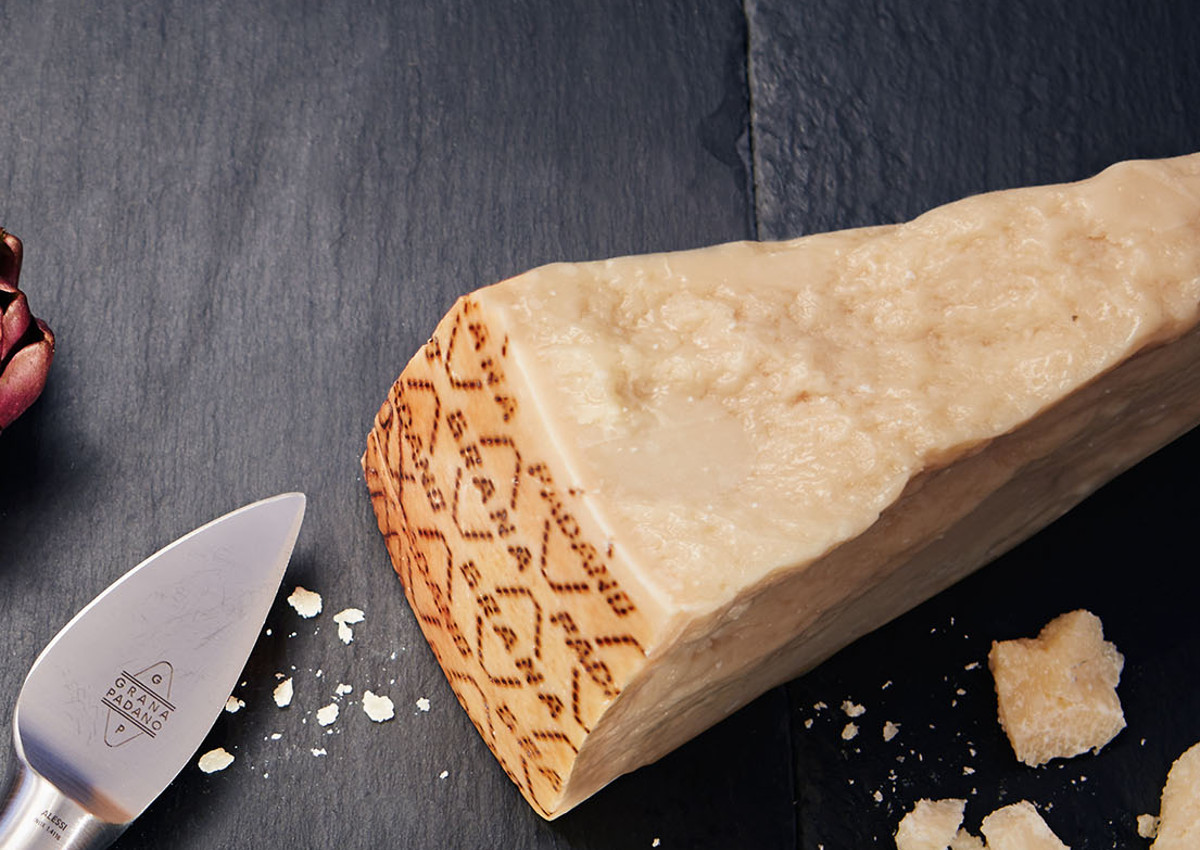
In 2017, exports of Grana Padano PDO increased by around 2.5%, reinforcing a trend that began in 1998. So, the balance beyond borders is positive. Investments abroad will be crucial in 2018 – announces the director of the Grana Padano Consortium, Stefano Berni – and it will also depend on an overall assessment of the Italian market, given that exports are worth over a third of production. The top ten countries are Germany, the United States, France, Switzerland, the United Kingdom, the Benelux countries, Canada, Spain, Austria, and Sweden. Criticism for the framework of rules is not lacking here at all. Initially considered favourable by the Consortium, the CETA agreement between the EU and Canada has proven utterly disappointing when applied. The ways in which Canada has allocated the additional quotas envisaged by CETA – Berni resumes – more specifically meaning that 16,000 tonnes are annually divided for six years (from 2017 to 2022) into 750 tonnes of 2,600 per year for 2017 and consequently 5,300 tonnes for 2018, is not propelling the increase in exports as it otherwise could have done and was supposed to do. The dispersive selection of improvised distributors, rather than renowned and well-organized importers, is proving to be a significant organizational obstacle and could be a harbinger of aberrations that are incompatible with CETA objectives.
A request for the EU
Unfortunately, the Canadian government has decided to respond to the pressing complaints of the milk producers and local processors, privileging them with 50% of the new quotas, while the other 50% were directly allocated to distributors and retailers. At the same time, however, almost nothing was given to renowned importers. This could partially translate into cheap imports of European cheeses of lower value – Berni explains – so as not to interfere with Canadian cheeses, which are placed in a medium-high range, due to the high price of milk paid to the stable. We had mentioned this issue to the European Commissioner for Agriculture, Phil Hogan, and now we are urging him again, as our fears were unfortunately founded. As a consequence, the EU either finds a way to adjust the distortions we had foreseen, or CETA will perform the function of a beautiful cake placed on a table for diabetics. It was beautiful on the outside, but after having been deluded into tasting it, it turned out disappointing for the producers of fine cheeses of the EU. All show and no substance.
